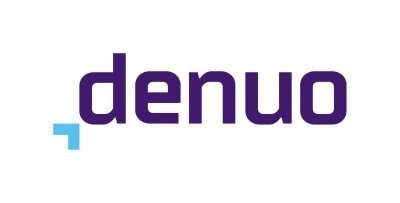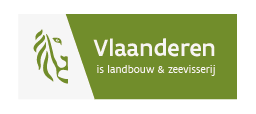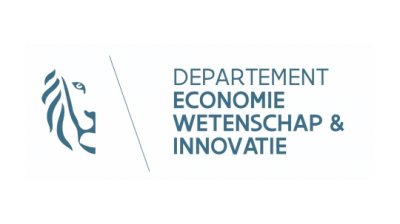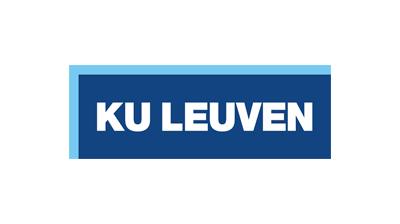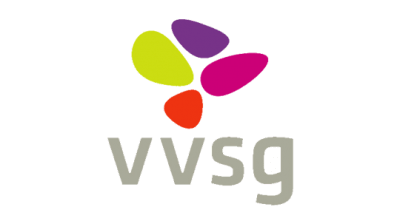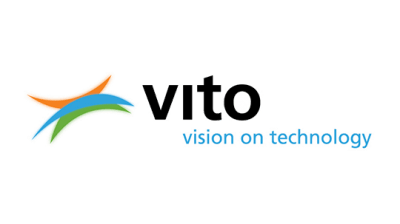ProCirc (2019 - 2023)
As a partner in the Interreg North Sea Region project ProCirc (2019-2023), Circular Flanders has provided Flemish procurers with the opportunity to further learn, experiment, and exchange knowledge within a European context. Building upon the lessons learned from the GDCA, the ProCirc project encompasses over 30 pilots and more than 15 Communities of Practice. These projects make a valuable contribution to promoting the circular economy in the North Sea region and stimulate the exchange of knowledge and experience among the participating organizations and regions.
The Interreg NSR ProCirc project has successfully contributed to addressi.png) ng the waste crisis in the North Sea region and reducing the costs of new materials by implementing circular procurement. With the project's efforts, European government agencies, which spend €1.9 trillion annually on public procurement (14% of their GDP), have directly invested in the circular economy.
ng the waste crisis in the North Sea region and reducing the costs of new materials by implementing circular procurement. With the project's efforts, European government agencies, which spend €1.9 trillion annually on public procurement (14% of their GDP), have directly invested in the circular economy.
Through the implementation of ProCirc, significant achievements have been made. The use of resources has been significantly reduced, and closed material and product loops have been established in sectors such as construction, infrastructure, furniture, and ICT. The circular procurement projects, with a combined value of €40 million, have contributed to reducing resource use, waste, and CO2 emissions by 20-25% per project. The project has also brought about significant changes in procurement practices. Procurement agencies are now actively involved in the full life cycle management of materials and resources. This has led to a more circular approach, where consideration is given not only to purchasing products but also to the use and disposal of materials and resources.
In addition to concrete results, ProCirc has had a broader impact. The project has led to the establishment of a procurer-to-procurer learning and action program, supporting local and regional organizations and their procurers with the necessary arguments, methods, and tools to make circular decisions and choices. Furthermore, task forces have been set up to act as helpdesks for procurers, procurement officials, and sustainability officers. Additionally, a transnational and cross-sectoral community of practice has been developed to disseminate and accelerate the findings of the circular procurement projects at (trans)national levels.
The success of the ProCirc project has had a positive impact on the circular economy in the North Sea region and serves as an example of best practices for other regions and sectors. Through the implementation of circular procurement, we have not only addressed the waste crisis but also paved the way for a more sustainable and resilient economy.
Compendium for Transnational Circular Procurement Scale UpThis comprehensive document organizes the results of the ProCirc project into five stakeholder groups: procurers, managers, policymakers, suppliers and value chain actors, and others. It serves as a roadmap, enabling stakeholders to leverage the tools and resources developed under ProCirc. Within the document, you will find individual factsheets for each project outcome. These factsheets provide a detailed description of the outcome, its relevance to circular public procurement, and information on which stakeholders can benefit from it and how they can do so. |
|
Circular Procurement GuidanceThis guide is specifically written for procurers and related roles. It provides a general introduction to the field of circular procurement. It guides you towards the many available resources and helps you determine which ones are relevant to your specific situation. Throughout this guide, excerpts from the Interreg NSR ProCirc pilots are used for illustration. Additionally, it provides a relevant selection of circular procurement tools that have been collected during the Interreg NSR ProCirc project. |
|
Procurement Transformation Canvas and Workshop ManualThe Procurement Transformation Workshop Manual supports procurers in organizing a workshop where they can identify their key focus areas while rethinking their procurement processes and integrating circularity into their procurement department. The guide is designed to assist procurers in the process of implementing circular procurement in the organizational business strategy. The guide includes a Procurement Transformation Canvas, a tool inspired by the customer journey in marketing, serving as a circular procurement journey that helps organizations decide how circularity can be implemented in their own business strategy. |
|
Icebreaker toolA tool for the basic principles of circular procurement options. |
|
 |
Circular Procurement ToolboxThe Circular Procurement Toolbox is based on existing tools and methodologies to support procurers. It includes original tools and methods that have been collected and improved throughout the project based on practical experience. When choosing a tool, it is important to consider the context of your organization, the level of circularity, the product category, and the desired goal. The toolbox provides a list of tools that can be filtered based on the product category, stage of procurement, and other specific parameters to select the most suitable tools. Additionally, the toolbox includes short presentations and explanations of the available tools, allowing users to determine which tool best fits their specific situation. |
Monitoring GuidanceMeasurements of savings in CO2 emissions, generated waste, and the consumption of new raw materials can all be used to demonstrate the concrete effect that circular procurement contributes. Measuring and monitoring helps organizations understand which actions have the greatest impact. This document with monitoring guidelines has been developed based on workshops and advice to support the ProCirc Circular Procurement pilots. |
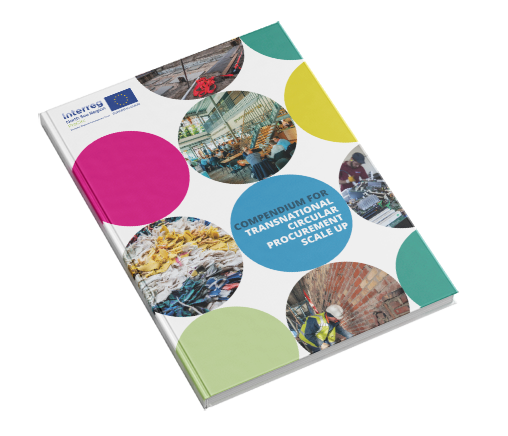

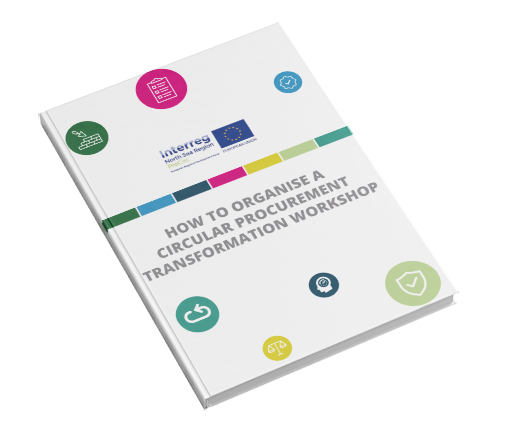
.png)






